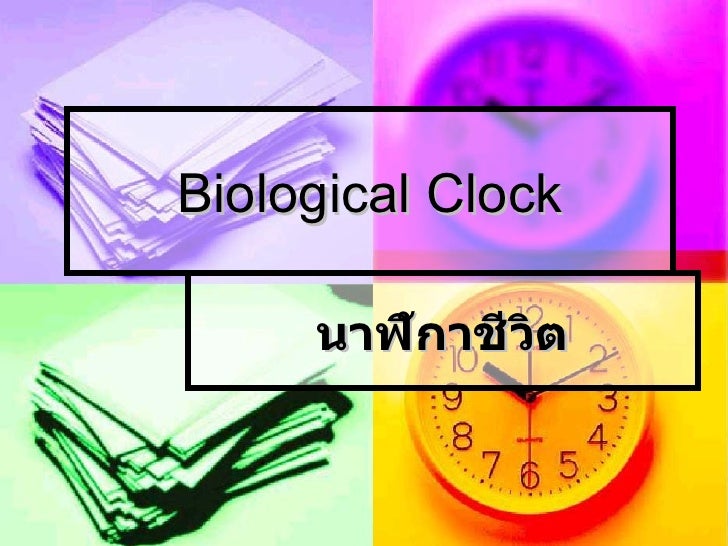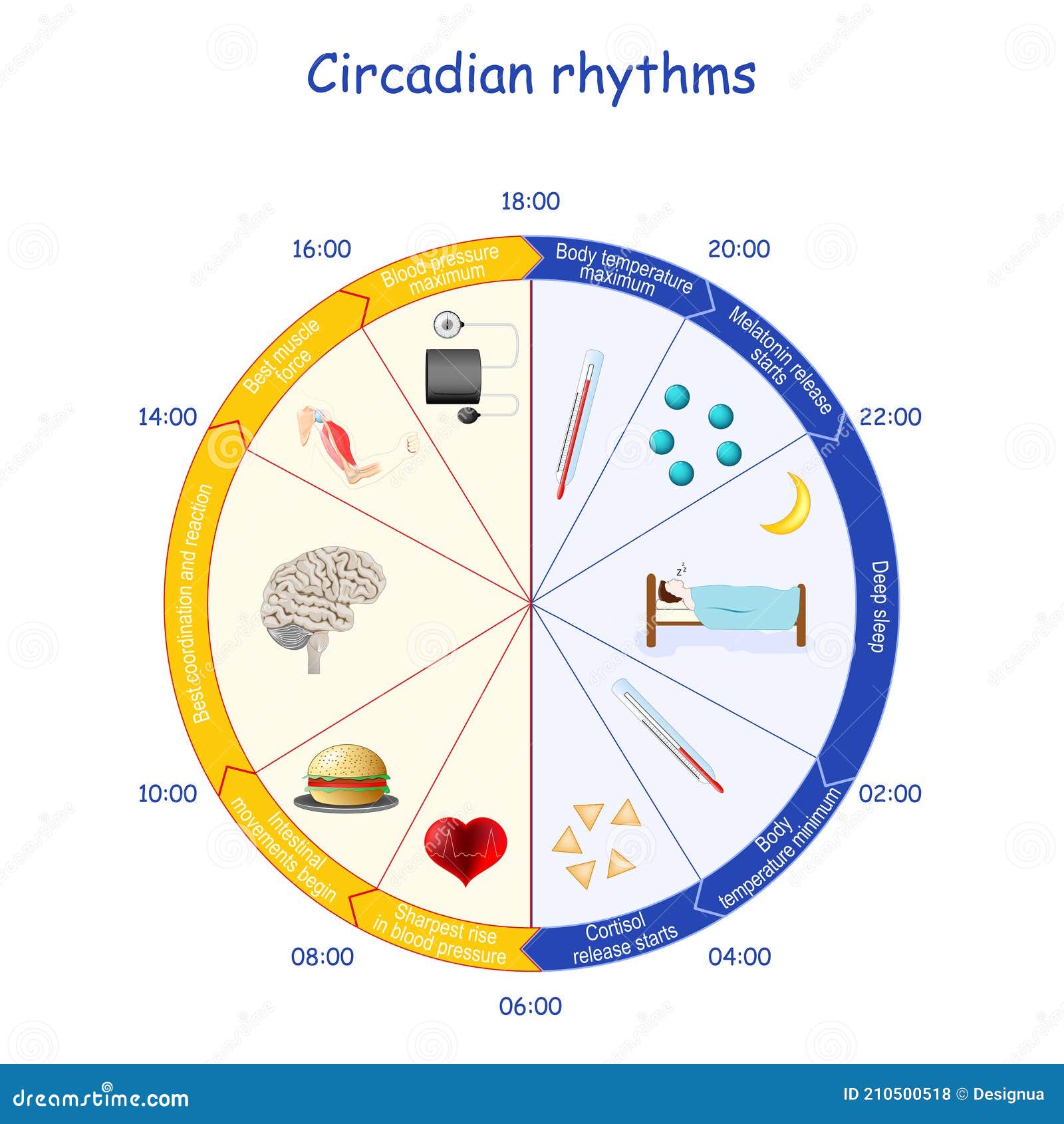

These are the day lengths of the GOE and the Cambrian explosion of life, around 530 million years ago ( Biosystems, DOI: 10.1016/j.biosystems.2012.02.008). Ioannis Karafyllidis of the Democritus University of Thrace in Xanthi, Greece, has found that the cycling of the cyanobacterial clock resonates, or works most efficiently, at periods of 11 and 21 hours. It may have done more than adapt – day lengths best suited to biological clocks may have coincided with times during which life made important evolutionary leaps. “It will have adapted to the lengthening of the day-night cycle over time,” says Reddy. When PRX emerged 2.5 billion years ago, the Earth spun faster and a day lasted only 11 hours. What is more, another archaean that lives without oxygen and never had to deal with ROS has no PRX clock – and no circadian rhythms at all.

A gene-related clock, unique to cyanobacteria, appears to have evolved alongside PRX. ∺ll forms of life appear to dance to the metabolic rhythm of PRX oxidation. “Organisms with this anticipatory ability would be better adapted than organisms that merely ‘reacted’ to things as they happened,” Reddy says.īecause all forms of life appear to dance to the metabolic rhythm of PRX oxidation, Reddy believes it pre-dates the other gene-related clocks that organisms carry. Then PRX began oscillating spontaneously in anticipation of this load – thus becoming an independent daily clock. “Initially this was externally driven,” he says. Reddy thinks PRX protected primitive cells from ROS damage by surging when peaks in photosynthesis related to daylight temporarily bumped up levels of oxygen. A gene sequence analysis suggests it did so 2.5 billion years ago, during the Great Oxygenation Event (GOE) – a critical interval when the oxygen released by photosynthesis began to accumulate in the atmosphere. That suggests PRX evolved early in life’s history. Moreover, they found this PRX cycle in mice, fruit flies, a plant, a fungus, an alga, bacteria and even in archaea – the most primitive of all cellular life ( Nature, DOI: 10.1038/nature11088). Using antibodies that bind only to the oxidised enzyme, the team found that PRX oxidation keeps cycling independently on a 24-hour cycle, even when organisms were kept in constant light or constant dark. And the enzyme oscillates: it flits between an active and inactive state, depending on whether oxygen is bound to the active site. PRX gets rid of poisonous, highly reactive oxygen (ROS), which is produced by oxygen-based metabolism.

In an enzyme called peroxiredoxin (PRX), they seem to have found a grandfather clock – one that is common to nearly all life. Not so the clock discovered by Akhilesh Reddy at the University of Cambridge and colleagues.

All the clocks found so far are unique to different groups of organisms, though. Exactly how and when life began keeping time is unclear, but a candidate for the original biological clock may solve the mystery.īiological clocks are ubiquitous in nature, so the first clock should pre-date the evolutionary parting of the ways that led to modern groups of organisms. OUR core physiology relies on subtle organic timers: disrupt them, and effects range from jet lag to schizophrenia. (Image: Jean-Francois Podevin/Science Photo Library)


 0 kommentar(er)
0 kommentar(er)
